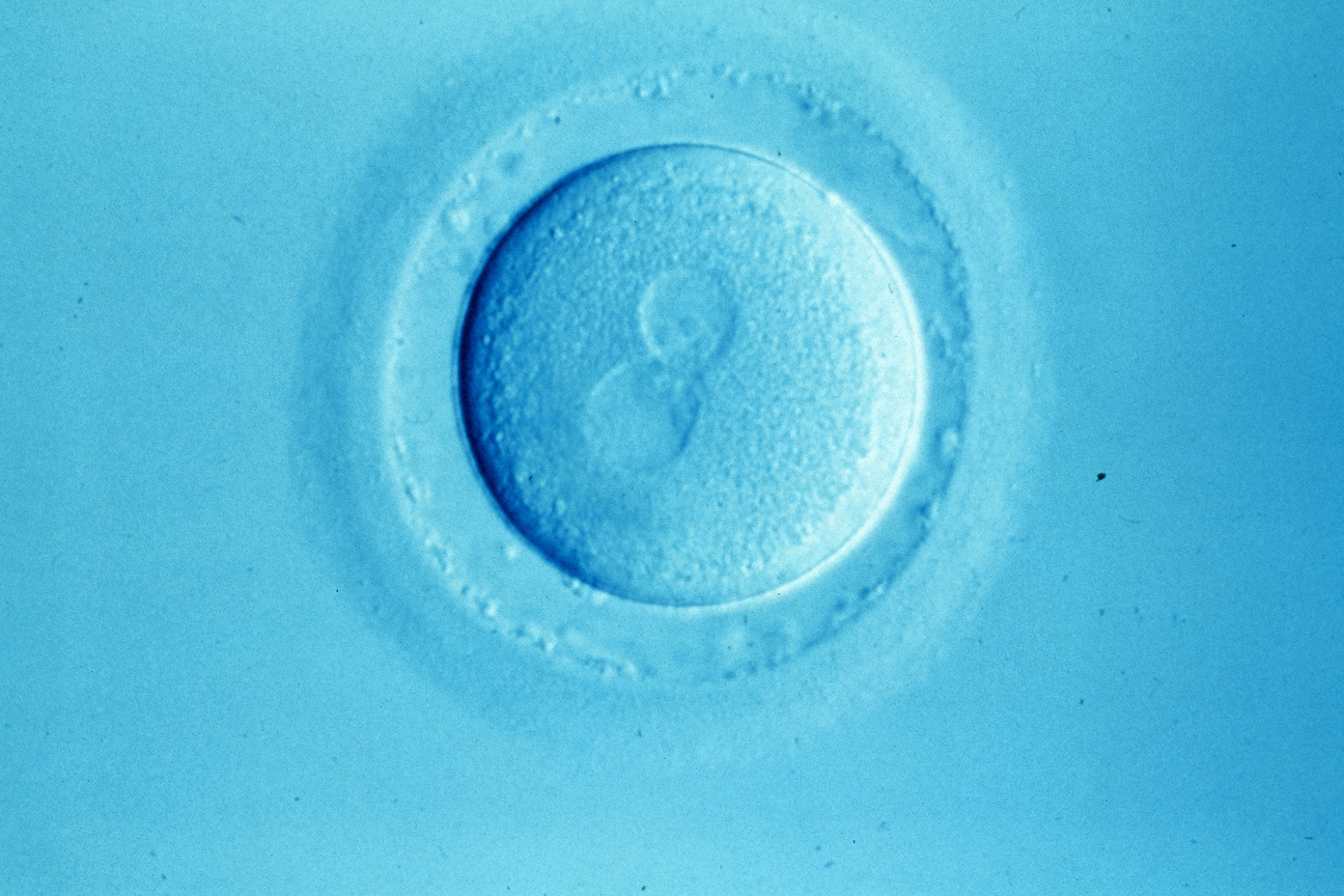Researchers have discovered that human sperm have a two-dimensional 'slither' mode, which enables them to swim faster when close to surfaces.
The findings, published in the journal Nature Communications, suggest that this slither mode is used for swimming in narrow conditions through thick liquids, such as those encountered in the female reproductive tract. It contrasts with the three-dimensional 'corkscrew' motion that sperm are often seen to use.
'It's a favourable way to get through thick stuff. It seems to be a competitive advantage,' said Professor David Sinton from the University of Toronto, Canada, who led the study. Professor Sinton began investigating the movement of sperm after he and his wife successfully conceived using fertility treatment.
In previous work, Professor Sinton and colleagues found that sperm were often present at the walls of the small, fluid-filled channels they created to 'race' sperm.
In this study, researchers used total internal reflection fluorescence microscopy (TIRF) to examine the movements of human and bull sperm within one micrometre of a surface. They found that the slither mode was used intermittently when travelling through thick liquids, and allowed human sperm to travel up to 50 percent faster. However, bull sperm travelled more slowly in slither mode.
Slither mode may be particularly beneficial to human sperm as they have to travel through thick liquids in the narrow fallopian tubes of the female reproductive tract. The fallopian tubes of cows are bigger, so the corkscrew swimming motion is likely to be more efficient for bull sperm.
The team hope that their findings could contribute to the improvement of fertility treatments by enabling the selection of the strongest sperm. But first the researchers aim to find whether slithering is an advantageous characteristic, and whether all or only a few sperm can slither.
'I think this swimming mode has a great potential to be used to develop new technologies for sperm selection,' lead author Reza Nosrati from the University of Toronto told thestar.com. 'We believe, based on our previous experiences, that this will lead to selecting different populations of sperm, and hopefully better populations.'
Sources and References
-
Discovery of ÔÇÿslithering spermÔÇÖ could improve infertility treatments
-
Two-dimensional slither swimming of sperm within a micrometre of a surface
-
Scientists See Sperm Slithering For The First Time
-
Scientists discover sperm SLITHER: Rapid, snake-like swimming technique could improve fertility treatments
-
Surprise! Scientists discover that sperm cells can slither
-
Sperm show U of T researchers a new trick: slithering





Leave a Reply
You must be logged in to post a comment.